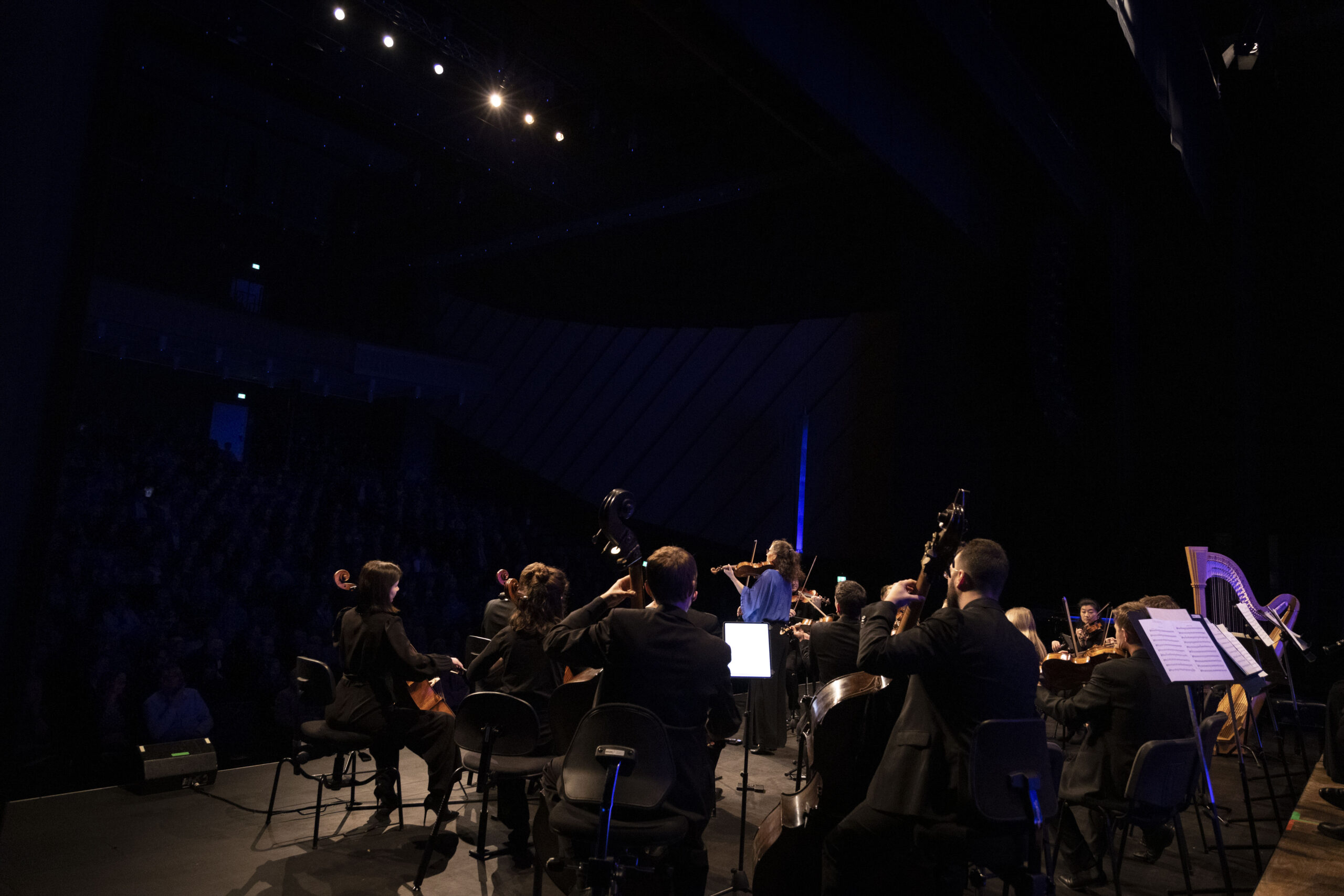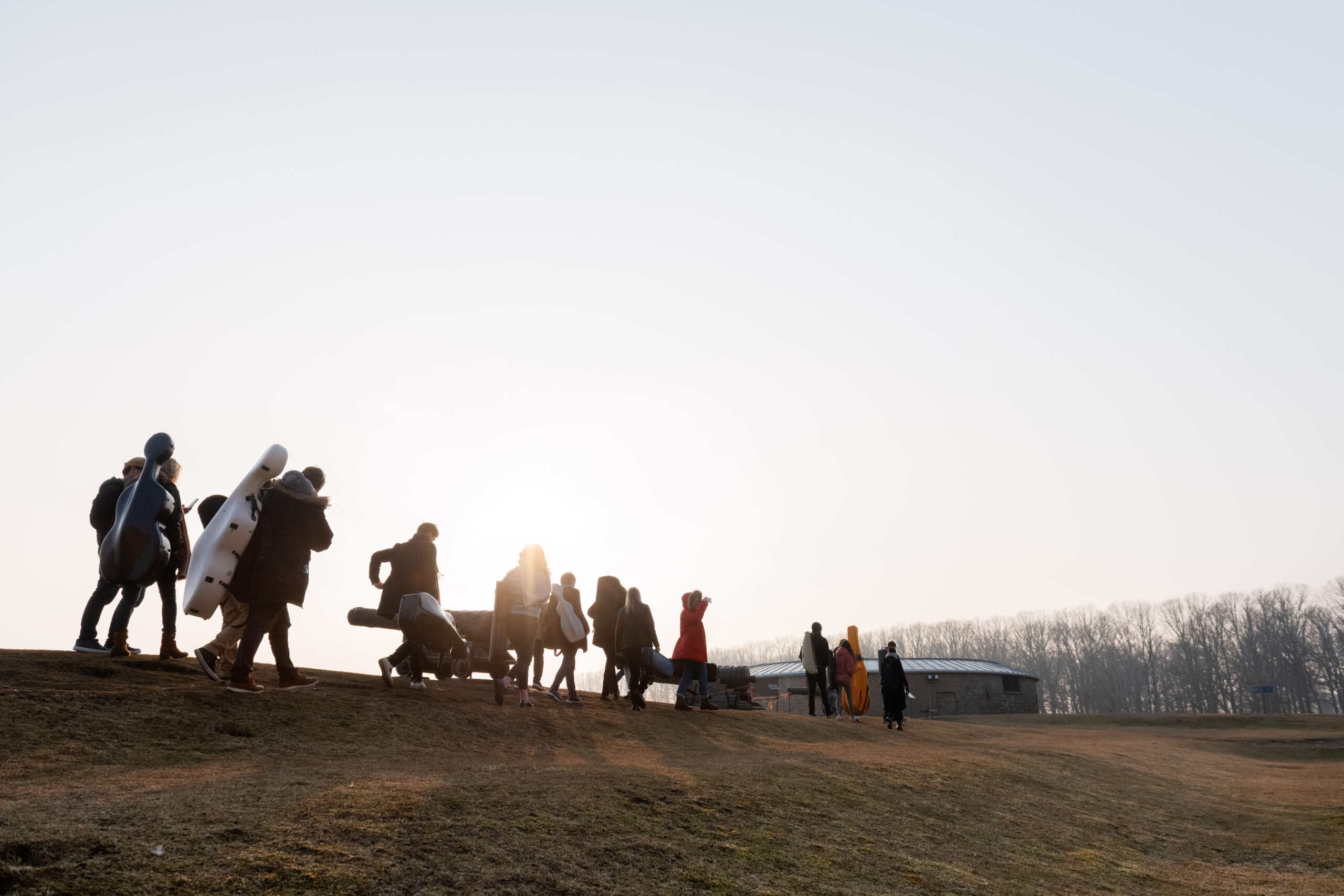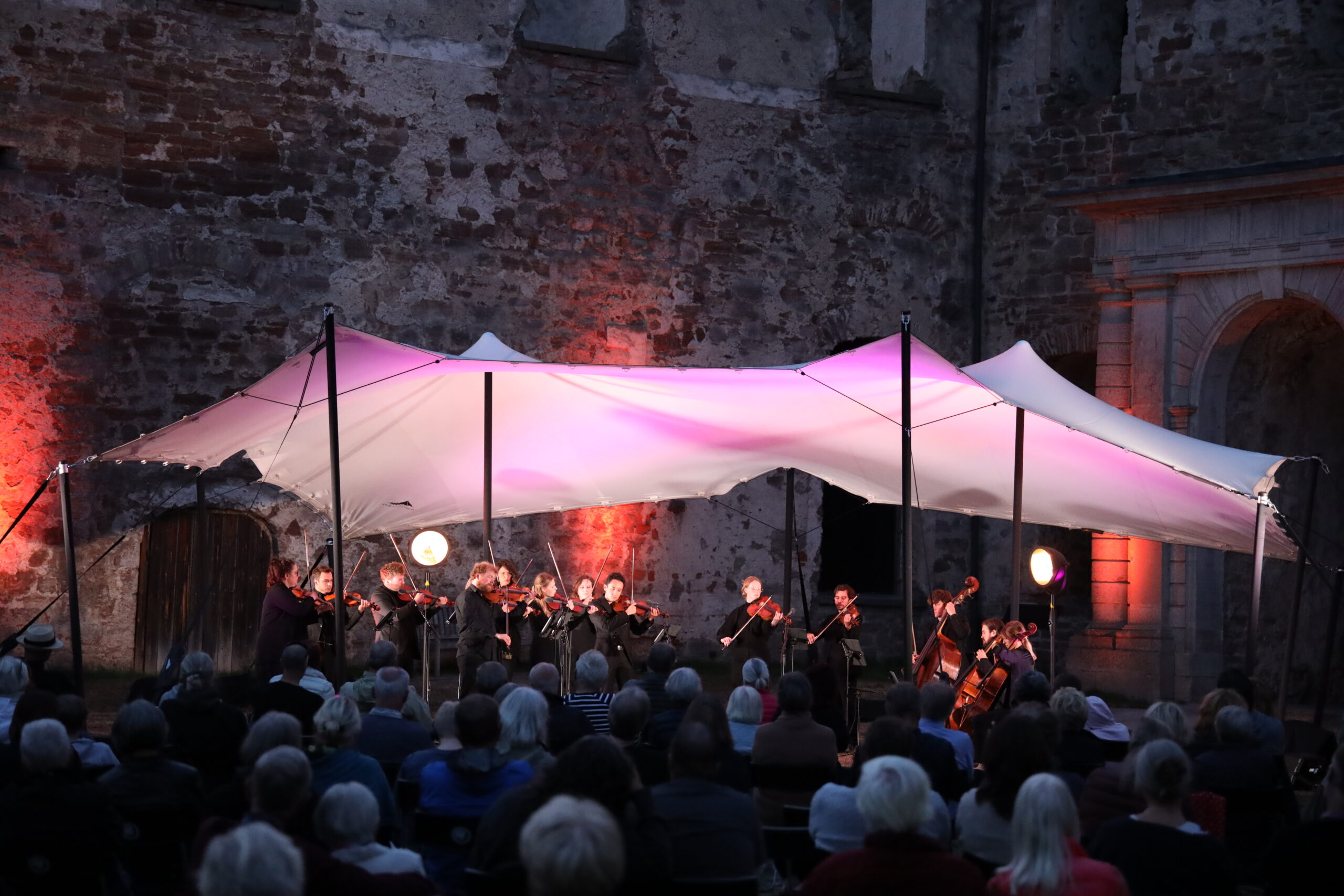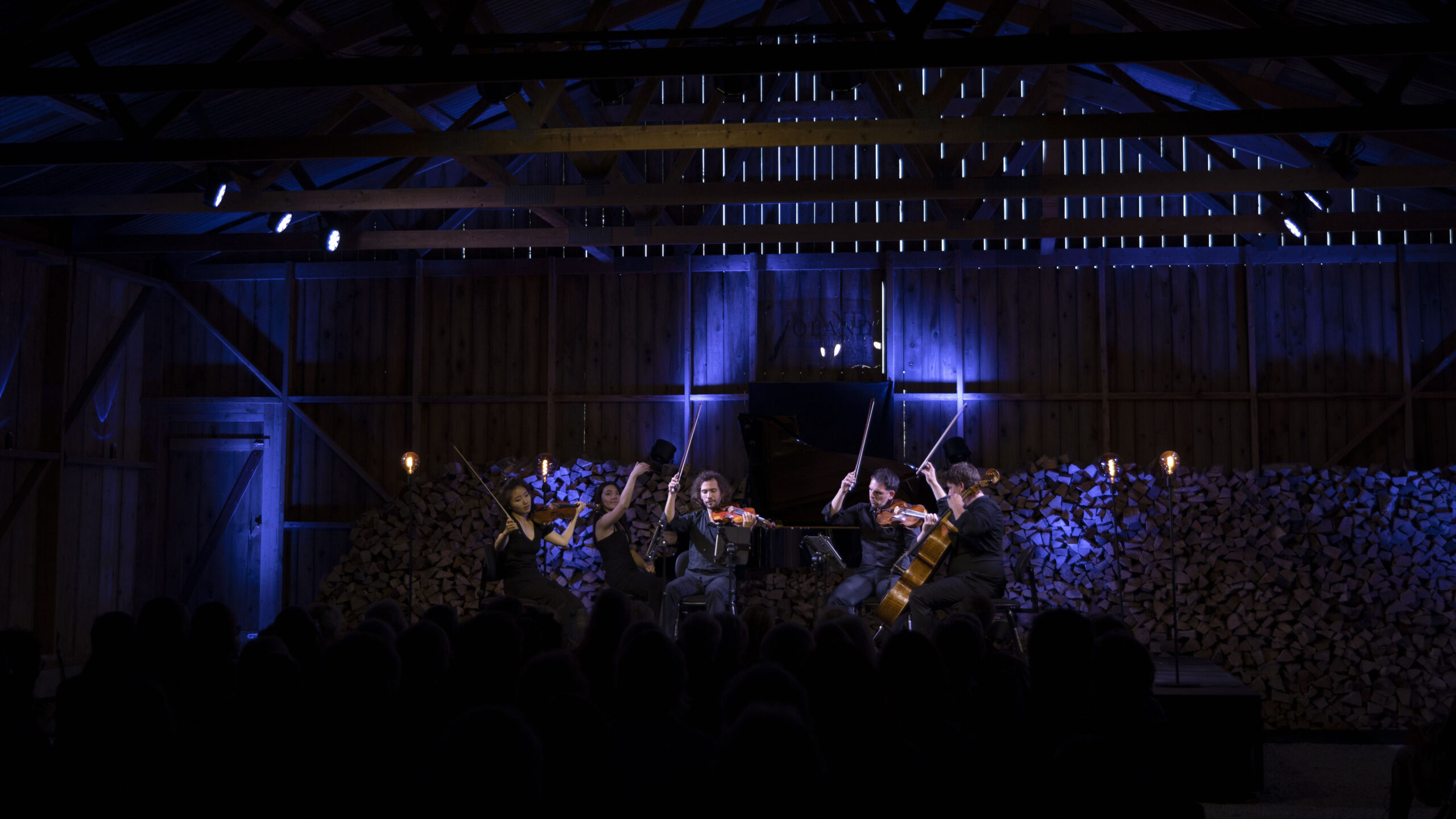The program
The artists
The concert
In our ongoing exploration of significant works within the chamber music repertoire, the Camerata Nordica Chamber Ensemble is pleased to present Franz Schubert's Octet in F major, D. 803, composed in March 1824. This piece was commissioned by the esteemed clarinetist Ferdinand Troyer and was created during the same period when Schubert was also working on his renowned string quartets, Rosamunde and Death and the Maiden.
Troyer's interest in a work reminiscent of Beethoven's Septet, Op. 20, inspired Schubert to compose this remarkable octet, which was first performed at the residence of Archduke Rudolf—an individual to whom Beethoven also dedicated his Archduke Trio, Op. 37. Several musicians who participated in the premiere of Beethoven's Septet also performed at the initial debut of Schubert's Octet.
Structurally, the Octet draws inspiration from Beethoven's Septet, featuring six movements and similar key relationships, centering around F major (in contrast to E major in Beethoven's work). Schubert also incorporated themes from his own compositions, with the first movement based on his song Der Wanderer, and the variations in the fourth movement drawn from a theme in his Singspiel Die Freunde von Salamanka.
As Schubert's most substantial chamber work, the Octet has a performance duration of nearly an hour. The six movements are as follows:
– Adagio – Allegro – Più allegro
– Adagio
– Allegro vivace – Trio – Allegro vivace
– Andante – Variations: Un poco più mosso – Più lento
– Menuetto. Allegretto – Trio – Menuetto – Coda
– Andante molto – Allegro – Andante molto – Allegro molto
The instrumentation includes clarinet, bassoon, French horn, two violins, viola, cello, and double bass. While similar to Beethoven's Septet, Schubert's addition of a second violin results in a richer, more full-bodied sound.




